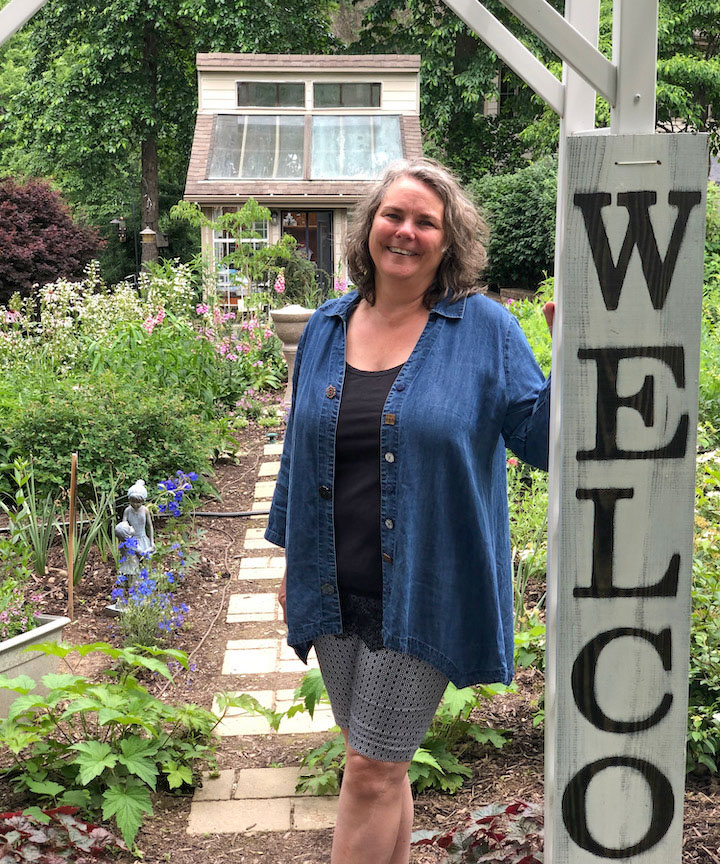
Gardening Green with Doug
How to Add Color and Interest to Your Winter Garden
By Doug Oster
June 30, 2021
It was Lisa Story’s father, an avid outdoorsman, who inspired her to garden.
“I learned to love nature from him,” she says quietly. “It was after he had died from pancreatic cancer that I retreated to the earth in a different way. I was looking for healing. I began digging my pain into the earth.”
She started by creating a small vegetable garden which eventually expanded to three times its original size, and then eight more healing and restorative gardens were added over time at her home.
Story’s father came to her in a dream and upon waking, she uttered the words, “Hope Grows,” a phrase which ultimately became the non-profit which supports family caregivers.
She’s founder and executive director of the organization in Moon Township, Pa. Story is also a licensed professional counselor and certified horticultural therapist who is helping unpaid family caregivers by using many different tools to assist them.
“It is a hard job,” she says her clients have. “It’s extremely draining. The more care your providing, obviously, the more stress you get. They need someone to talk to.”
A simple phone call, especially when stressed, can be a big help. She also helps find resources, referrals to the right agency for the caregivers and also shows them the benefits of time in the garden.
“We teach them on the phone how digging in the dirt for even 10 minutes can be beneficial,” she says. It can reduce your cortisol levels, and it can reduce your blood pressure.”
The two and a half acres of gardens, trails and the family home are now the Hope Grows headquarters and Iris Respite House, which will provide overnight relief for caregivers.
When walking to the front door visitors are greeted by the Garden of Hope: it was the second garden built here after the vegetable garden.
“It’s a sensory garden,” Story says with a smile. “The biggest one is sound,” she says of the sense, “which is the water. I think it’s very healing by itself.”
Next to that is the Garden of the Inner Child which has pretty, diminutive fairy gardens.
“We teach caregivers that sometimes it’s important to take a step back and engage in something that brings that child-like behavior back,” Story adds. “So, it helps you relax and makes you realize not to take life so seriously.”
She turns on the vertical waterfall in the meditative Garden of Harmony and Peace then gently rakes sand in this classic Japanese-style garden.
Long trails meander through the woods behind the house where forest bathing has been taught.
The Garden of Intent is a small representation of an English rose garden, with form, order and a concrete bench.
“The idea is for someone to sit and just let that intentional thinking happen in that garden,” she says.
The area named the Path of Least Resistance can be an example that sometimes, especially as a caregiver, you have to go against that path in order to accomplish what you need to happen in life, Story says.
There’s a Garden of Rest, Garden of Faith, the pollinator garden is called the Garden of Transitions. It’s become a dedicated garden to her grandchildren, “because they’re the ones who are giving up the most for us doing this,” she says choking back tears.
She relates a story of converting the dining room to space for Hope Grows, and one of the grandkids asking, “Where are we going to have Thanksgiving dinner?” Transitioning their family home into a place of healing is a bit of a sacrifice, she admits, “It’s a good one though,” she adds, drying her eyes.
Pap’s Garden is named for Story’s father. The expanded vegetable garden now includes lots of cut flowers, espalier fruit trees and more.
Clients come and spend time in the gardens or can enjoy them virtually. Story wants the people she encounters to get the rest they deserve, noting that caregivers are under so much stress, they can end up with a chronic illness themselves.
“No one should pay that price for doing something so wonderful as providing care for their loved one,” she says. “Unless you’ve been through it, you don’t understand the strain and stress.”
In 2019, the organization helped 418 families. By the end of 2020 that number had grown to 712 families.
This summer, there are children’s classes focused on the garden as well as many other programs geared towards caregivers.
The only cost for clients is if they receive mental health counseling. All other programming is at no cost for the caregiver.
When asked what Story receives from helping her clients, she pauses for a second and says, “I don’t’ know. It’s a calling. I have a purpose-driven life right now. I’m helping other fellow human beings.”
The Hope Grows website has contact information more details about their programs.
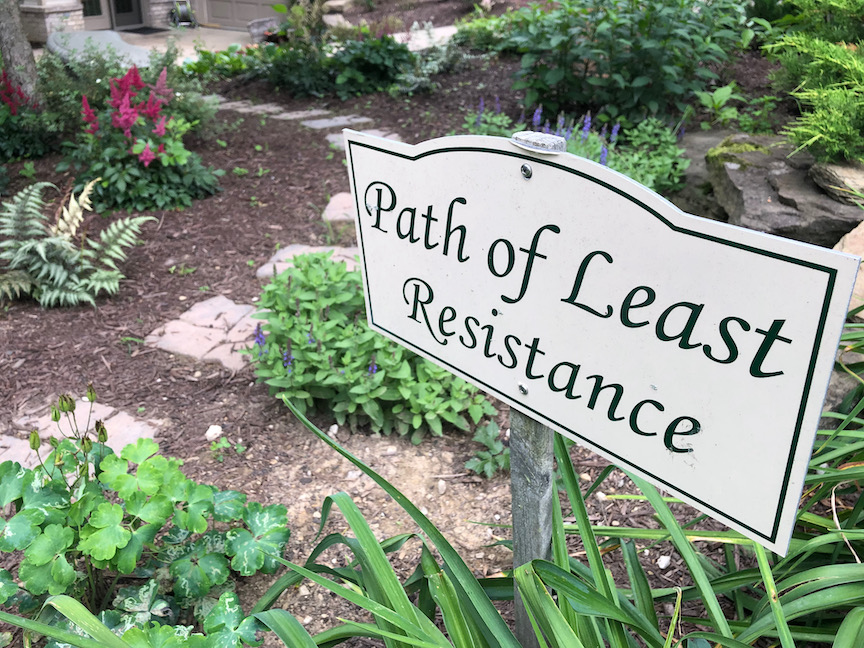

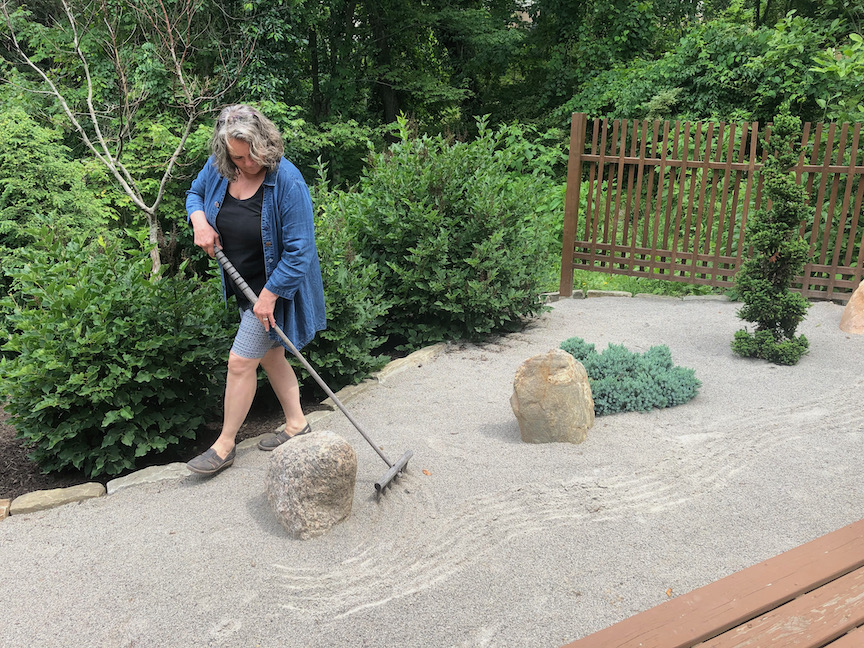
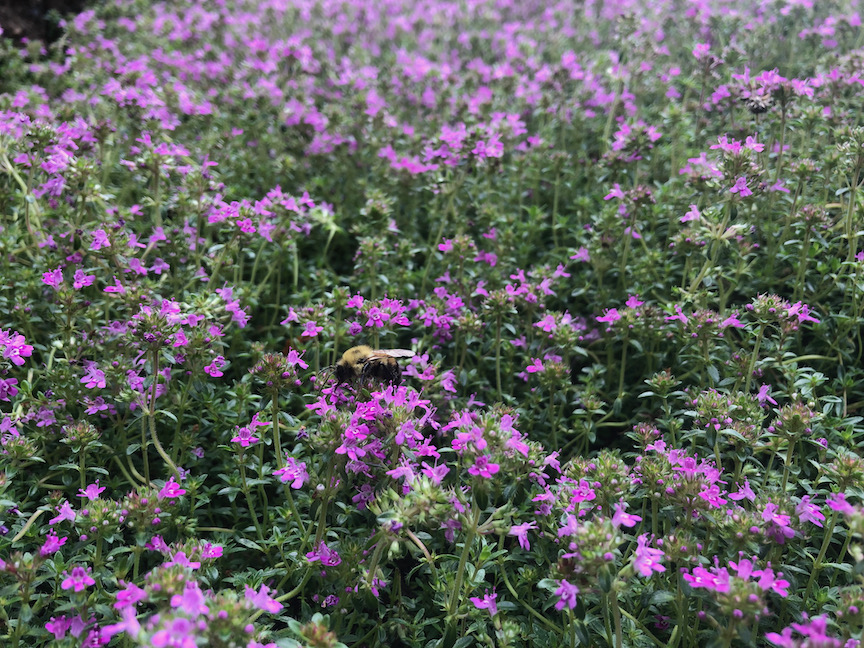
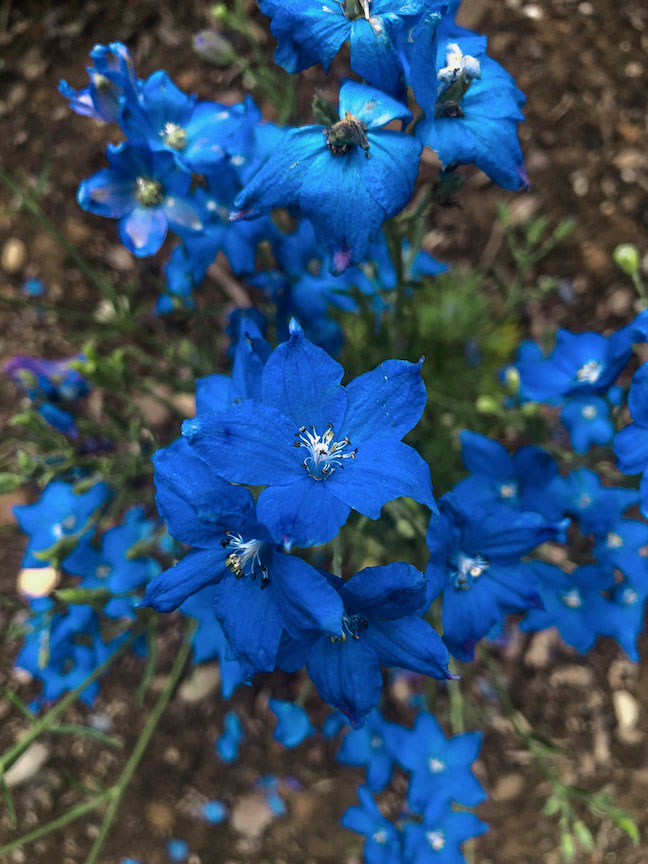
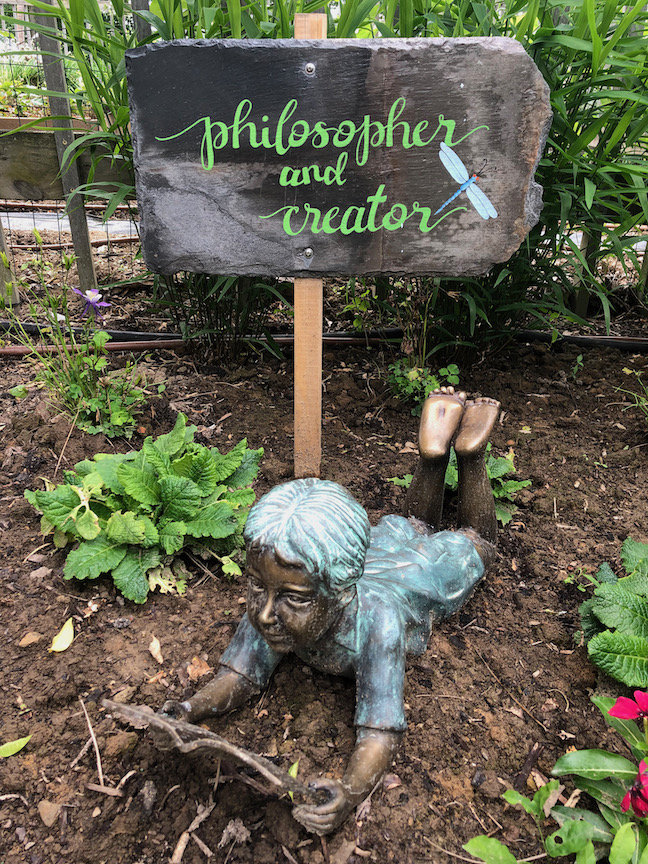


Leave A Comment